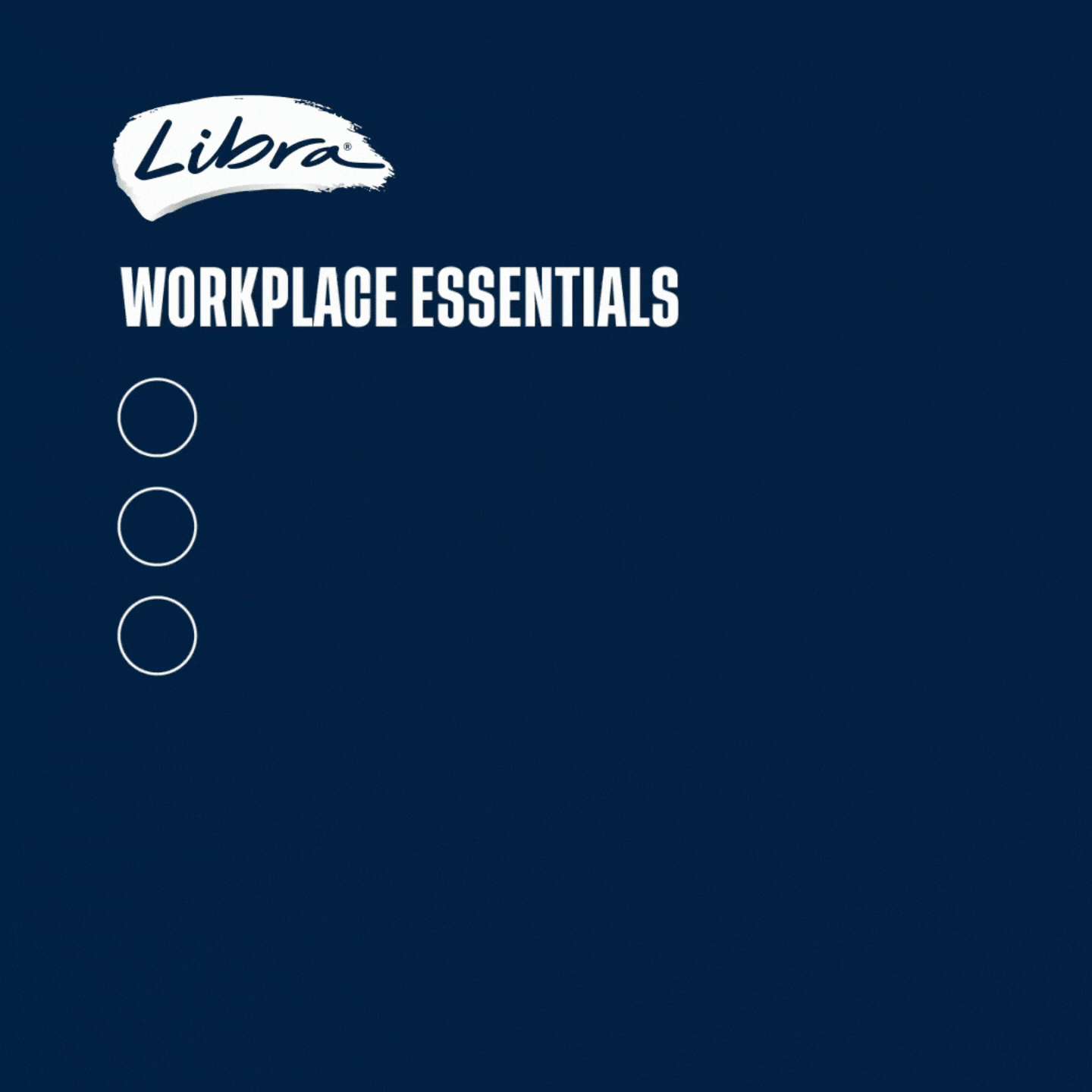They are feeling the pressure to ‘do it all’ because there is nobody else available, in many cases whether they are single parents or not.
They are sleeping less than at any point in their lives. Exercise or any consideration for their own physical or mental health disappeared years ago. They are deducting the cost of childcare from their already diminished salaries — despite the fact it’s a shared family cost — and then calculating the depressing difference that’s left over. They are rushing, constantly, and often in a state of perpetual jetlag, whether it’s to catch a train, to get to the next meeting, to after-school pick-up or to daycare in time to avoid the penalty fees for arriving late. They are organising kids birthday parties in the wee hours of the morning, along with playdates, school holiday activities and various craft projects their kids require for school.
This is the great squeeze affecting many working mothers, and a good reason why a number will leave their employers to exit the paid workforce altogether, or to start their own businesses or consulting/freelance practices in order to take control of their time.
It’s part of the reason why women are working part time at twice the rate of men. It contributes to why women continue to earn considerably less than men (and therefore retire with half the superannuation). It’s why women are currently contributing $345 billion in UNPAID childcare work every year. And it could just be a major reason why Australia is ranked number one across OECD countries for women’s educational attainment, but 55th on workforce participation.
Yet the above is happening despite the fact a lot has changed for mothers in Australia, most notably that mothers are vastly more educated now that even just two decades ago.
A number of stats from the 2016 Census tell the story.
The proportion of mothers with post-school qualifications has greatly increased since 1996, from less than a quarter (23.2 per cent) to more than half (51.5 percent).
Still the ABS found the most common occupations for full-time working mothers hasn’t changed all that much during that same period, with ‘general clerk performing admin duties’ remaining unchanged since 2011, along with ‘sales assistant’ for part time working mothers.
Meanwhile, we also know that women are having babies later, possibly because they’re investing in their education and putting those initial years into their careers. The median age of a first time mum is now at 30 and a half, up from 29 in 2011 and a massive shift from 30 years ago.
And we know that many of these same women are also taking on unpaid caring responsibilities beyond their own children, including their parents, grandparents and those with a disability.
These mothers not only feel squeezed when it comes to the amount of time they have during a single day, but also when it comes to achieving their career ambitions. Take a little time out, and you’ll feel squeezed when it comes to the skills you’re perceived to have available. Take a number of years out, and you could very well feel squeezed out of leadership positions, or from finding a job back in your industry sector at all. Additional pressures will come up – including the push to fill those skills gaps, to possibly get another degree or to change careers altogether — further squeezing the time they have available. In 2016, 114,800 mothers reported on the Census they are working, studying AND caring for kids under 15, at the same time.
Then there’s the squeeze of potential discrimination. Data from the Human Rights Commission finds that one in two mothers face discrimination either while pregnant, on leave or shortly after returning to work.
But additional new data released by the Commission this month points to another form of discrimination that may affect these same mothers, just at a different point in their lives: ageism. Almost a third of employers continue to specify an age limit when hiring and more than 30 per cent of those will not employ people over 50. These employers are clearly missing out on excellent talent by so stringently limiting the pool they have available – and they are discriminating in the process. It’s a form of discrimination that shows the squeeze is on for mothers, particularly those who take lengthy periods out to care for others.
When undertaking our 2017 Ambition survey of 2000 women, we heard from numerous mothers with kids who are now independent, saying that they feel more ambitious than ever before. They’re ready to put everything into a new challenge, to take on leadership positions and head full-speed into the next stage of their careers. But they are feeling overlooked. Some mentioned they are now up against ageism. Others said employers (and in many cases it’s recruiters) are overlooking their CVs due to the career gaps, giving little consideration to the skills and experiences they’ve acquired while raising children, and the fact they don’t have the ‘right’ kind of career trajectory or may be seen as lacking skills.
Despite the rhetoric coming from out of large employers that they are supporting working parents, the reality is that too many mothers still feel little choice but to opt out of the professions they spent years investing in.
For many employers, much of the focus is on retaining women who leave to have children — offering paid parental leave, coaching and other incentives to aid a mother’s return to work. But this really on helps at a certain stage, and for those who have the means available to make that return in the first place. Many women are also excluded from such employer benefits in the first place: there is a big difference between working for a large employer or government department and a small business or startup. Much more needs to be done to engage and retain women taking longer periods out, to offer more realistic flexibility, promote real job sharing in leadership roles, and to reframe success as being based on outcomes, rather than hours spent in an office or even logging in from home.
Employers must also rethink the limits of their own hiring practices and the bias — unconscious or otherwise — that’s coming through when it comes to assessing a CV or meeting a candidate in person. Does five or even ten years out of the workforce really need to cancel out a mother’s potential? Would investing in bridging programs or further education for women looking to re-enter the workforce be just as beneficial as the investments made in paid parental leave? What use really is there in putting an age limit, official or subconscious, on the individuals that employers are willing to hire?
Right now there is no ideal time for a mother, or a woman who is thinking about having children, to also have a career. It’s time we took the pressure off mothers to try and fix the situation, and get employers and policy makers to work on better considering the challenge and solutions needed.
We spoke about this topic on the Women’s Agenda Podcast, listen below or search Women’s Agenda on iTunes.


